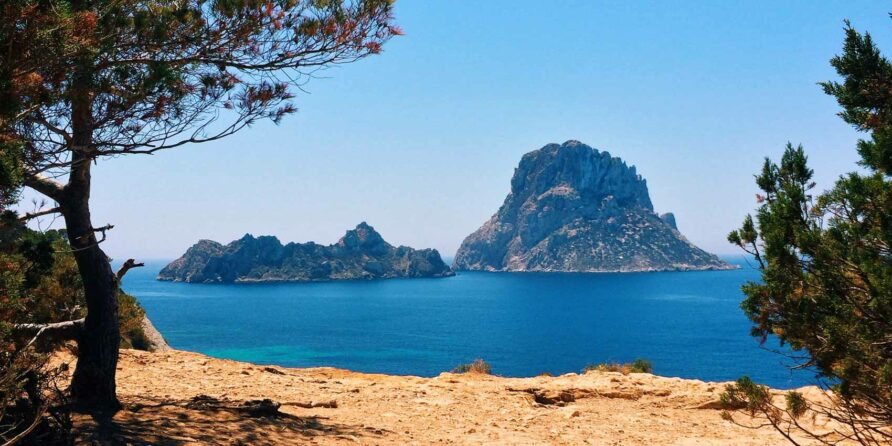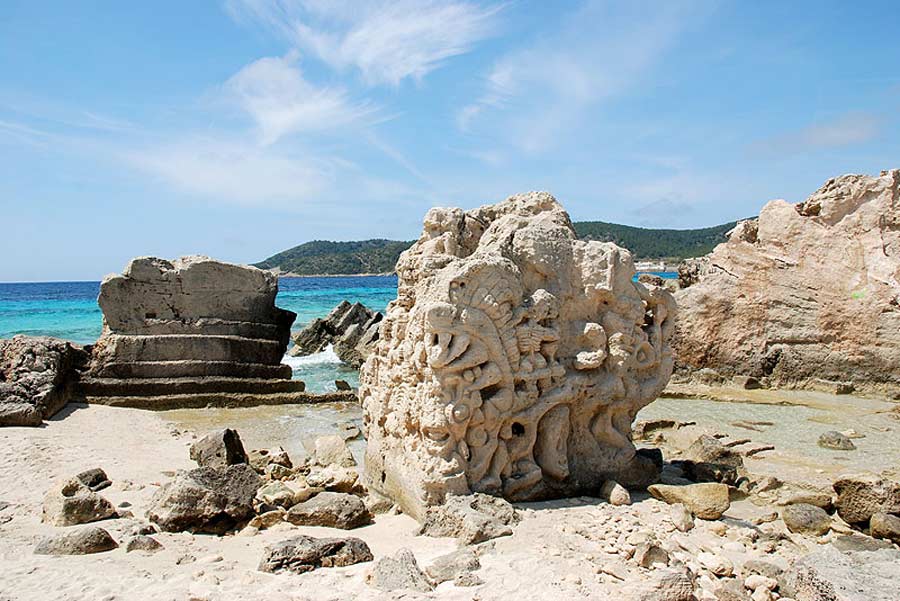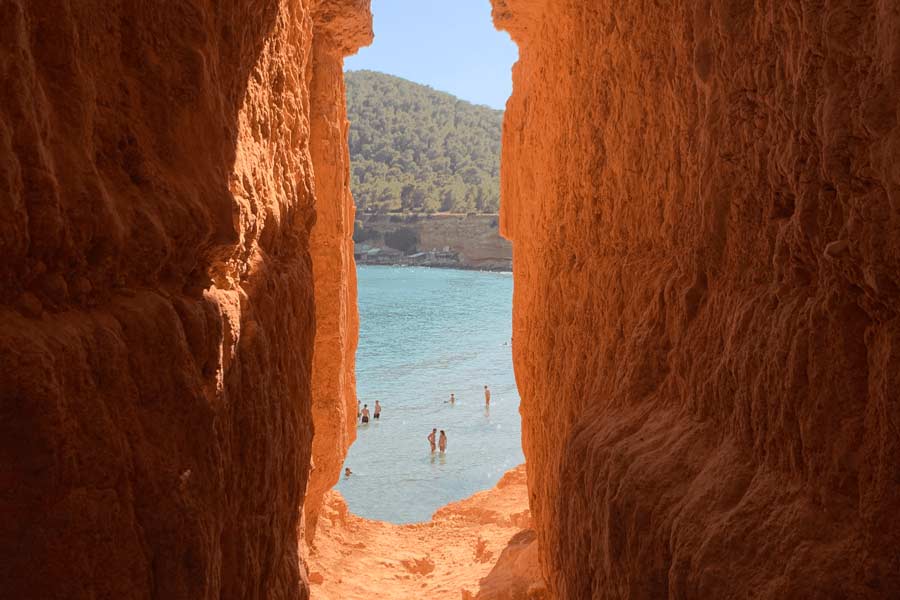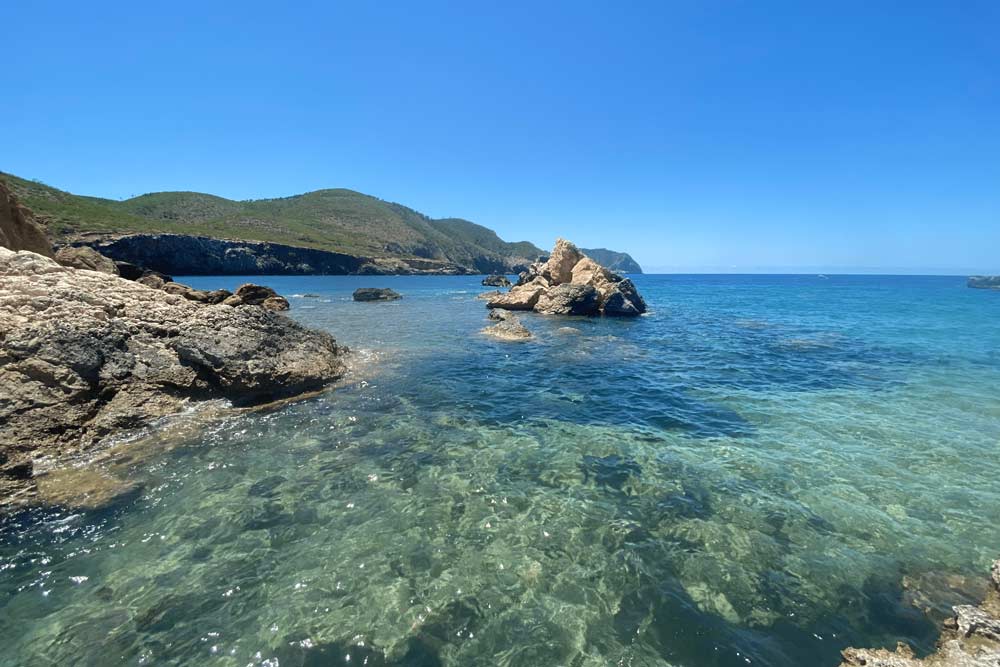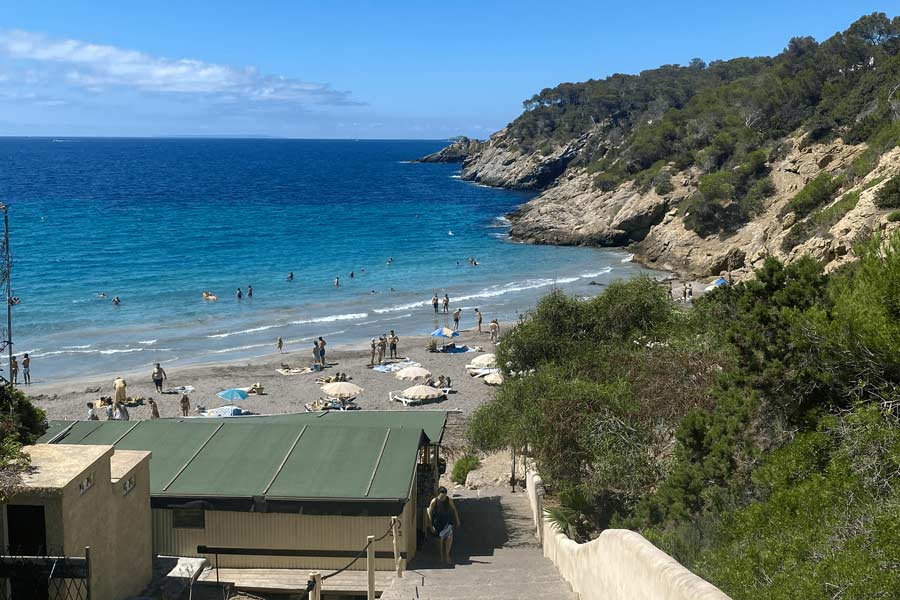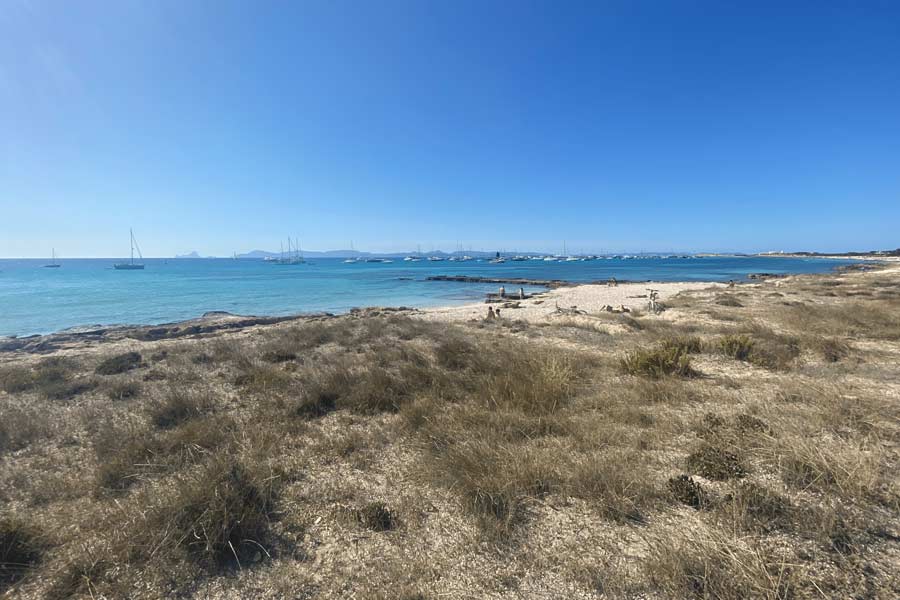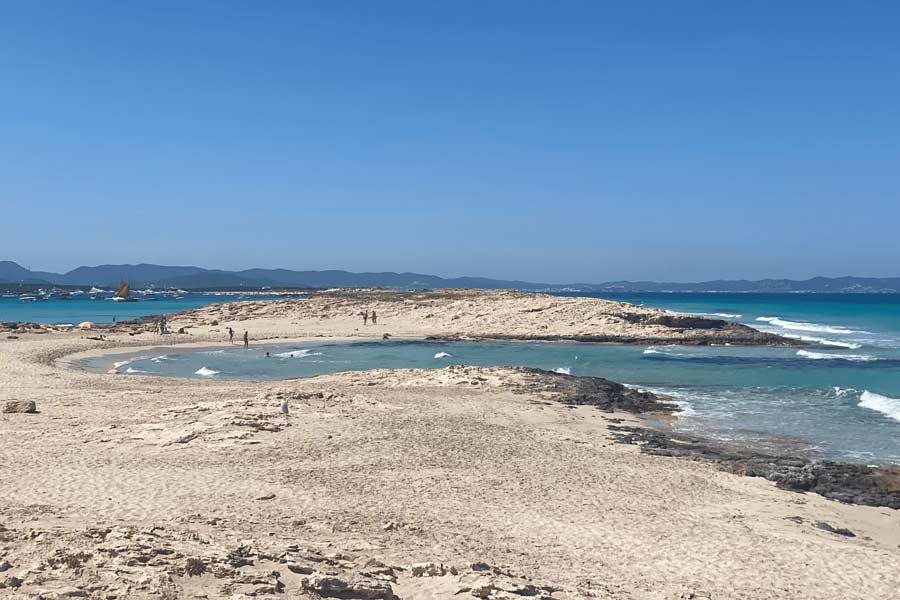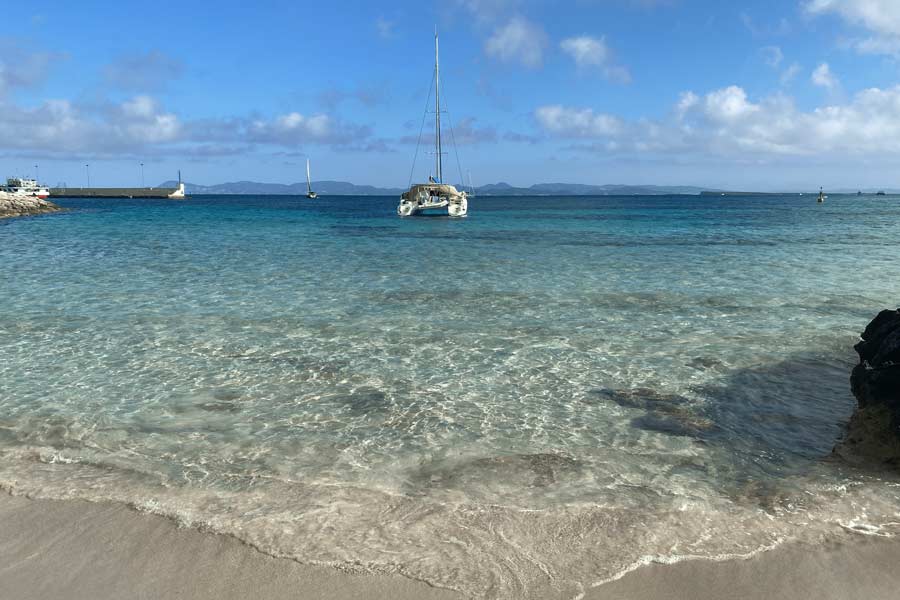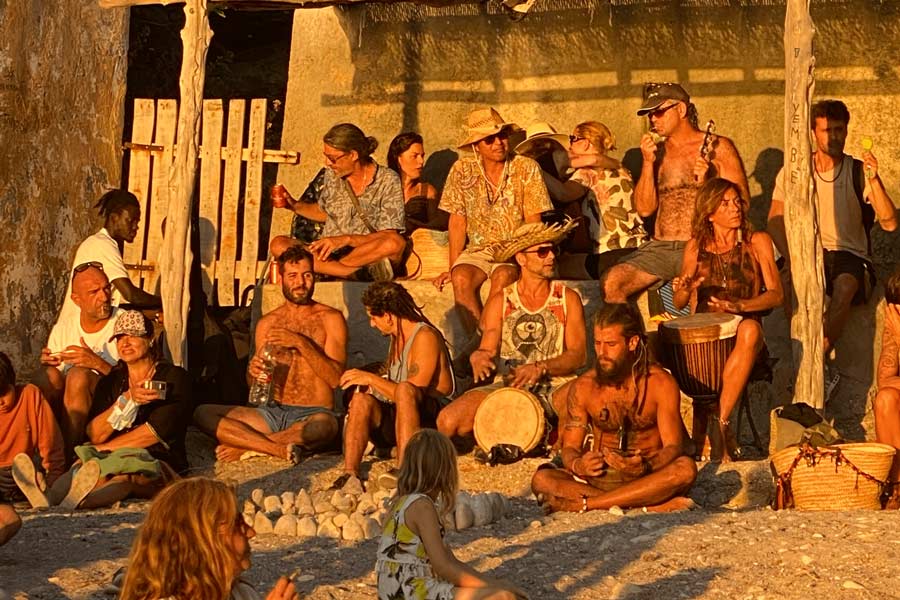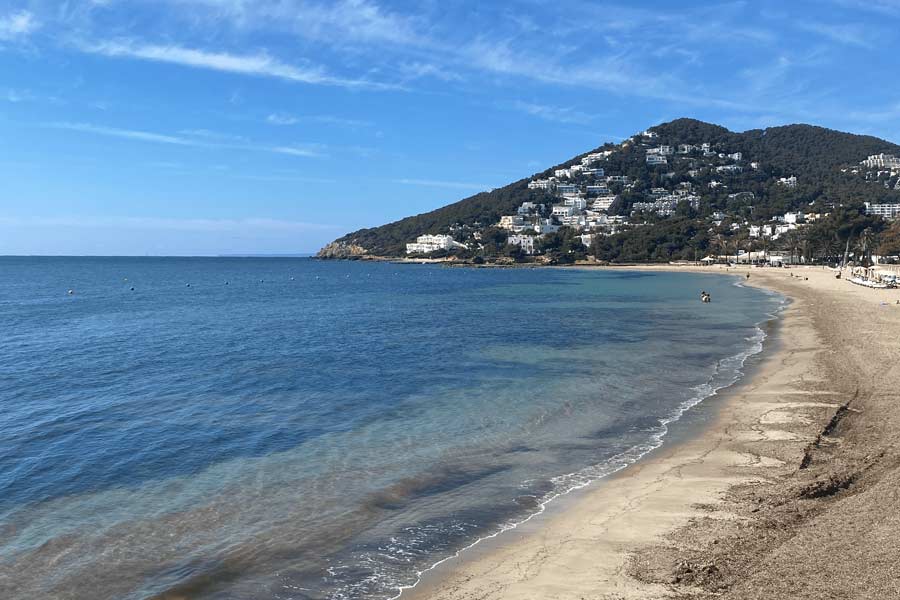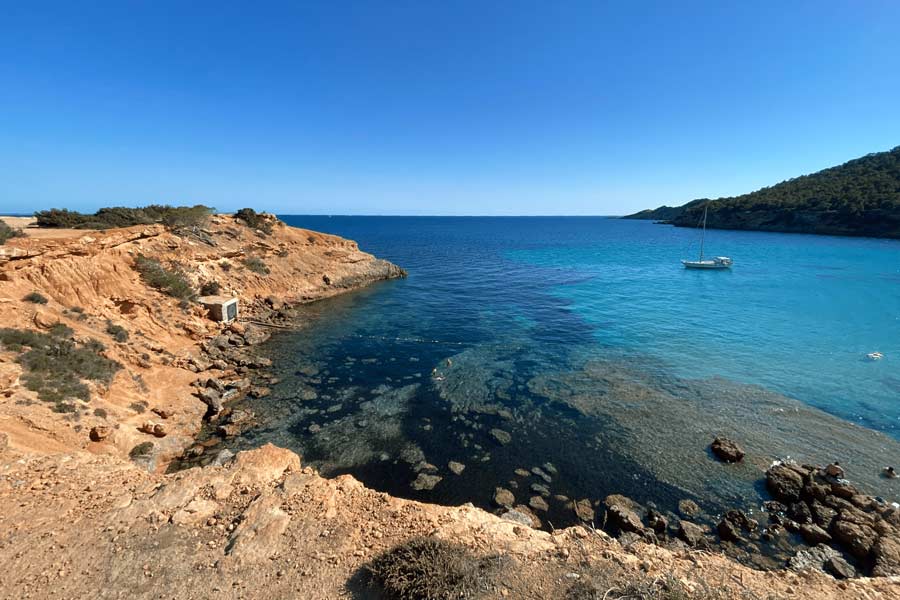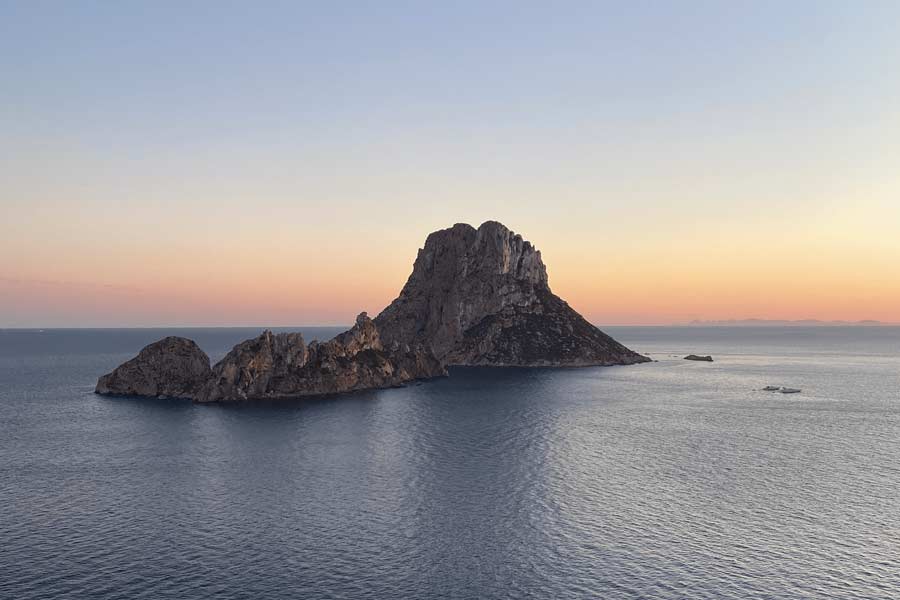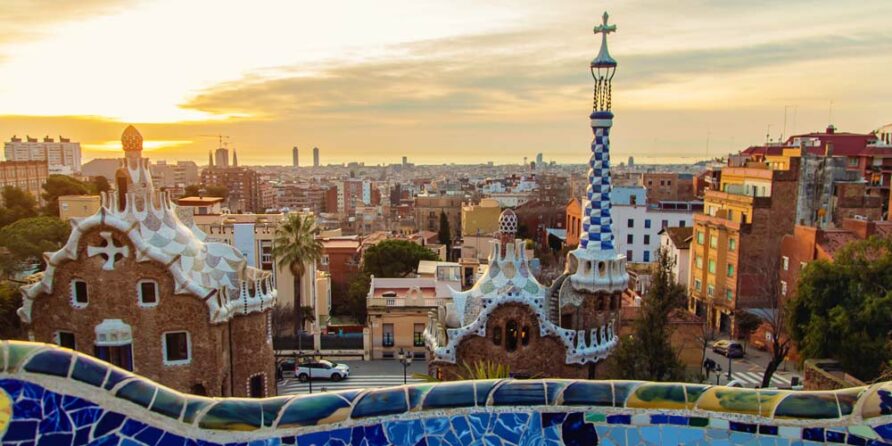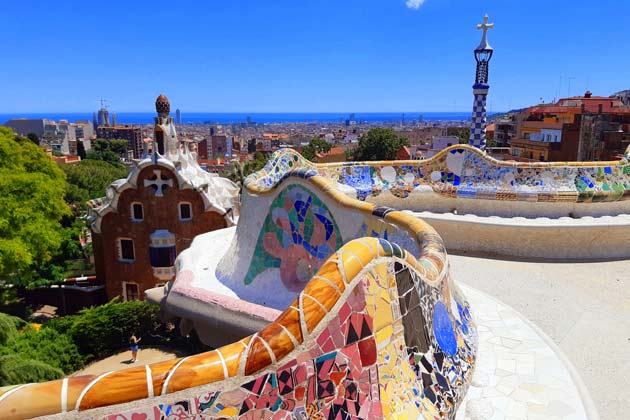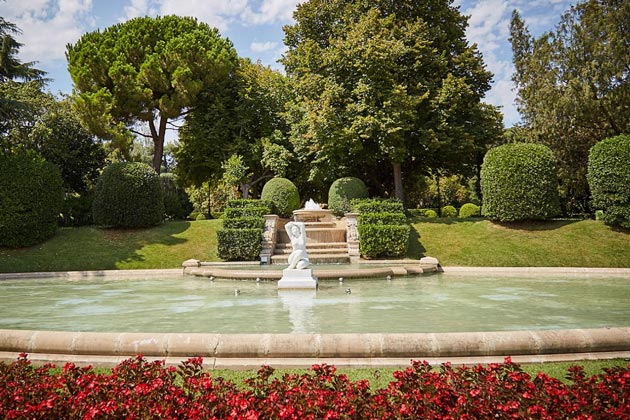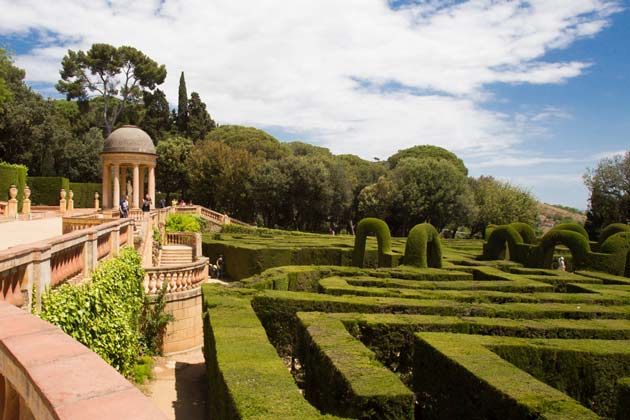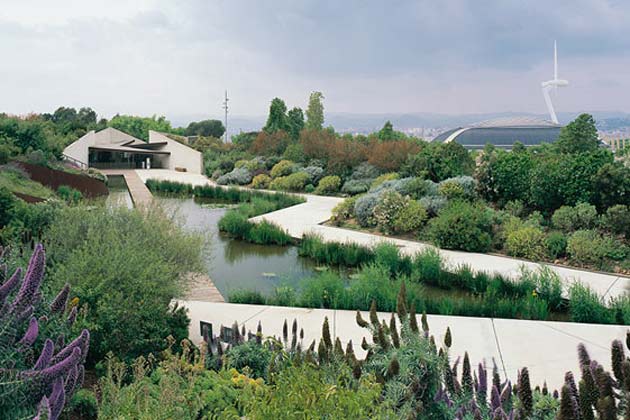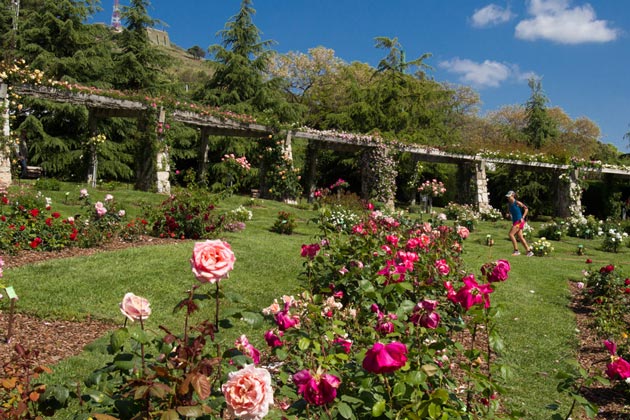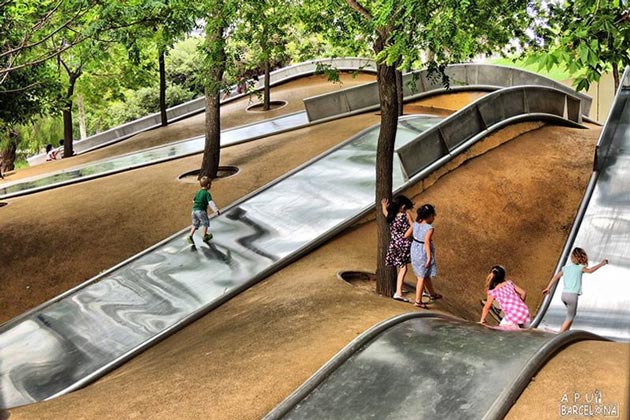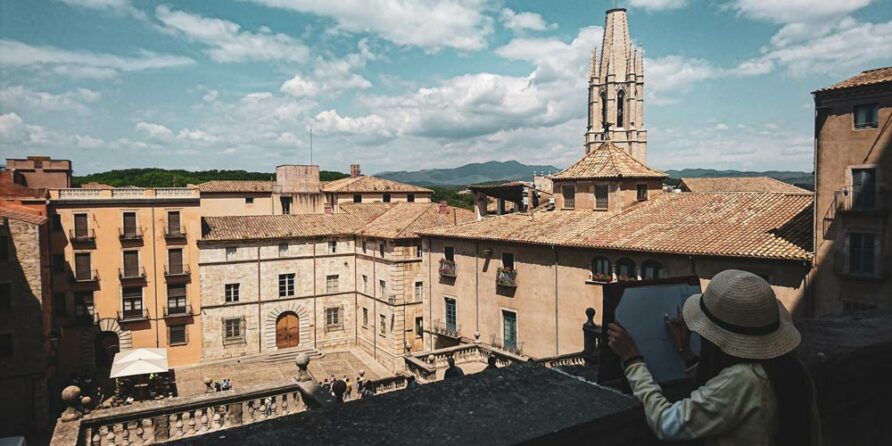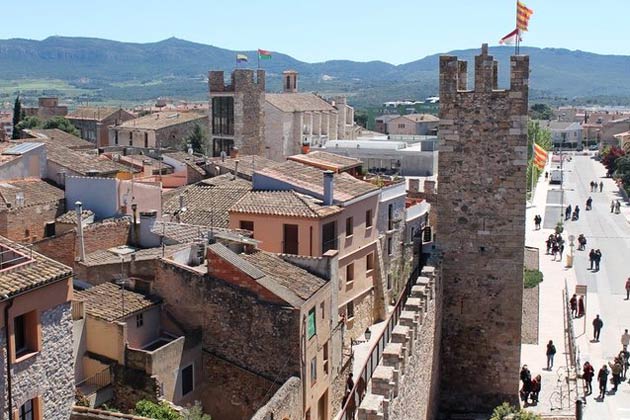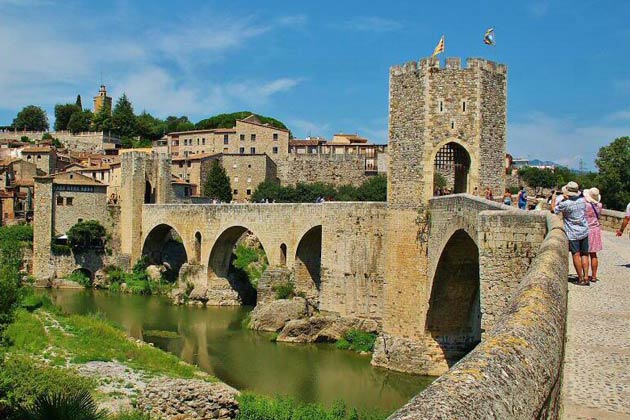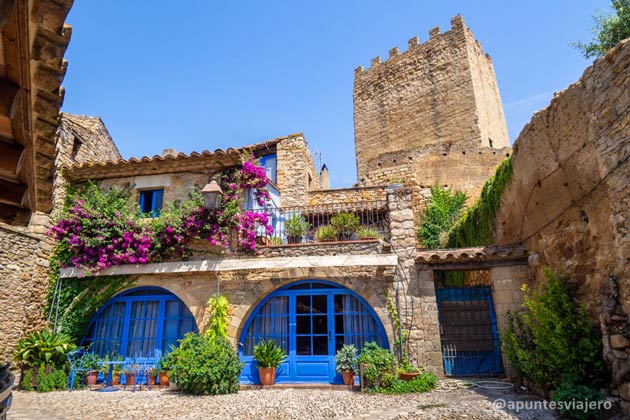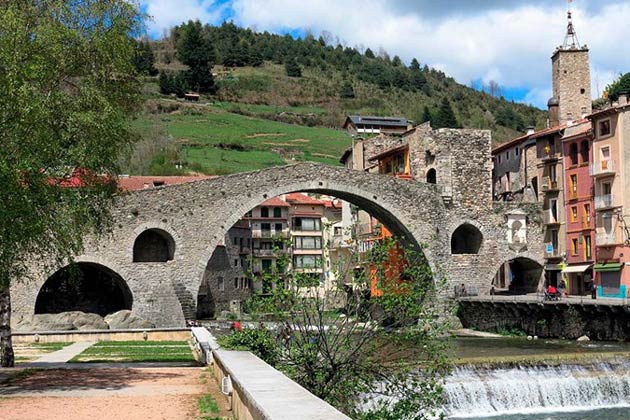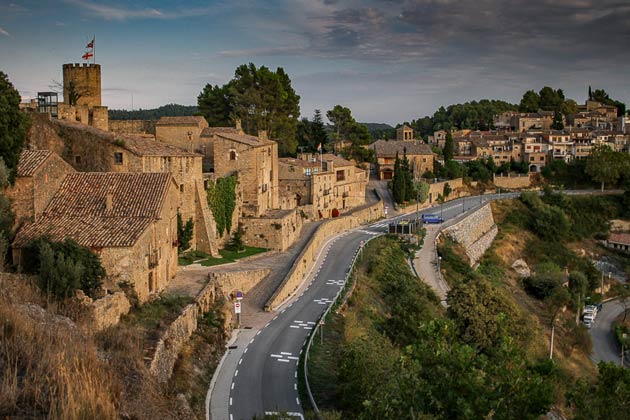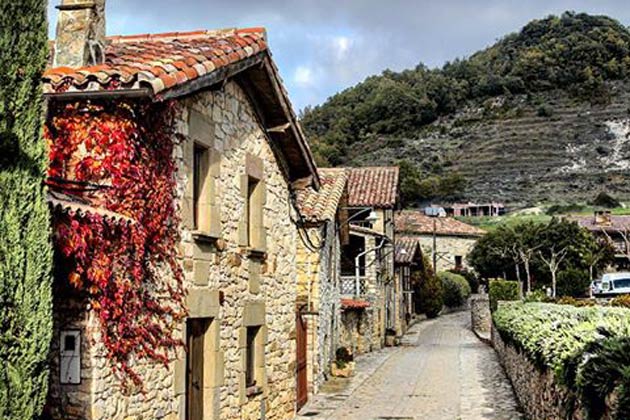Little by little, tourism is reactivated in Spain and Ibiza could not be missing in your bucket list of destinations to visit from Barcelona. A city declared a World Heritage Site, idyllic coves, charming towns, places with a lot of history and unique natural spaces are some of the things to see in Ibiza. In this new post we leave you the best beaches and coves on the island, where to eat and what to do or visit if you decide to enjoy this Balearic wonder on vacation or at any other time of the year.
CALAS
BENIRRÀS
Cala Benirràs is one of the must-sees in Ibiza, whether with family, friends or as a couple. Surrounded by mountains full of green pine trees, on Sundays it becomes a meeting point for hundreds of people who participate or simply contemplate its famous drum festival. At dusk, just before sunset, the left end of the beach becomes an improvised stage where the show is assured. While some play the timpani, others dance, take photographs or drink while they contemplate the sarao, which lasts until the sun goes down. There are many who assure that this exhibition is one of the few that maintains the hippie essence that surrounded Ibiza in the 70s.
CALA D´HORT
Cala d’Hort is a small and charming beach at the same time, from which you can enjoy the views over the mysterious islet of Es Vedrà, which rises only a few hundred meters from the shore. The beach has fine sand at one end and is rockier at the other, and is very popular in summer. Protected by a cliff, it is located at the end of a steep slope where the main access road ends.
CALA SALADA
Surrounded by hills of pine forest, the small sandy cove of Cala Salada is a preferred destination for island people and private boat owners. The water is beautiful and clear, shallow and perfect for swimming. The seabed is mostly soft sand. On the rock ledge to the right of the cove there is a very picturesque stone tower with paths that take you to the top of the neighboring sandy beach of Cala Saladeta. The first has a more family atmosphere, while the second is somewhat younger. The latter is due to its complicated access and the fact that it does not have any service.
CALA COMTE
It has spectacular views of islets such as s’Illa d’es Bosc, s’Espartar or ses Bledes, but the most impressive is undoubtedly sa Conillera. This, together with the reflection that the sun brings to the water of this cove full of areas of white sand and rocks will make you get one of the most special photographs of your vacation. There is no one who does not remain speechless when contemplating an image of the beach, hence its name in Ibiza is ‘Platges de Comte’ (fairytale beaches). The two main beaches are separated by the most bohemian temples of Ibiza’s sunsets. Sunset Ashram Restaurant enjoys fabulous panoramic views from its commanding position, and features a creatively designed structure that blends in with the rock it sits on.
SES SALINES
Ses Salines is the quintessential beach of Ibiza, not only because it is located in the Natural Park (declared as such in 2001) protected by a crown of dunes, but because in this area the purity and transparency of the waters, thanks to the Posidonia Oceánica, included in the declaration of World Heritage Site.
The territory of the reserve covers almost 3,000 land and 13,000 marine hectares, and extends through the south of Ibiza and the north of Formentera, also occupying the arm of the sea that separates them. From here comes the famous “Sal de Ibiza”.
Nearby is Es Cavallet, noted for being the island’s first nudist beach with an extensive sandy area topped by a defensive earthen tower.
CALCALA XARRACA
Attractive cove at the foot of a small cliff of red earth, with small islets in front. It has a group of houses on the right bank, among which a chalet with a stone tower stands out. The landscape is very attractive and the surrounding coastline offers many secluded nooks and crannies.
SA CALETA
Sa Caleta is a quiet and different beach, away from the large expanses of white sands where hammocks and umbrellas crowd. The beach is protected by reddish earth cliffs, creating a feeling of complete isolation due to its horseshoe shape. It is of fine sand, with clean and shallow waters, ideal for families with children, and it is also great for snorkeling.
BEACHES
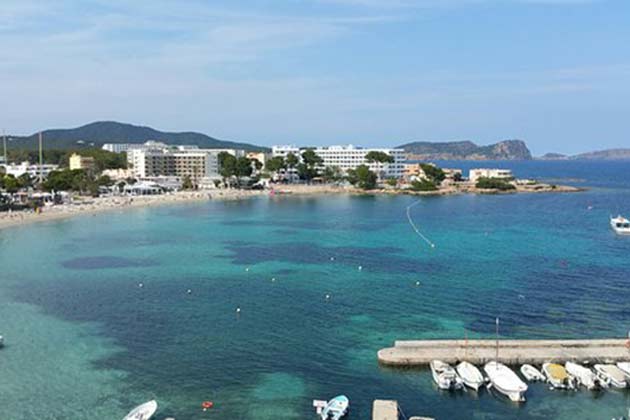
ES CANAR
The tourist area of Es Canar is one of the most important in the municipality of Santa Eulària and concentrates numerous hotels and multiple services. It stretches from Cala Nova beach to Punta Arabí, where a popular hippy market is held every Wednesday. Es Canar beach occupies its central area. It is of fine sand, with a small port for boats and llaüts on the right side, next to the more urbanized area.
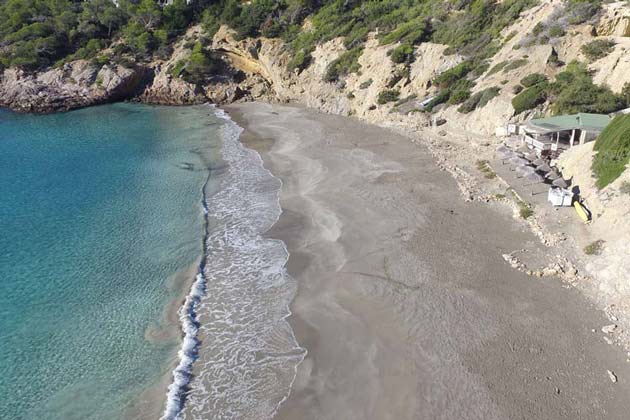
CALA BOIX
The dark sand beaches are atypical in Ibiza and Cala Boix is characterized by being the only one on the entire island. It is located on the edge of a cliff, on which several restaurants are located and access is through steep steps. Downstairs there is also a small beach bar, as well as deck chairs and umbrellas.
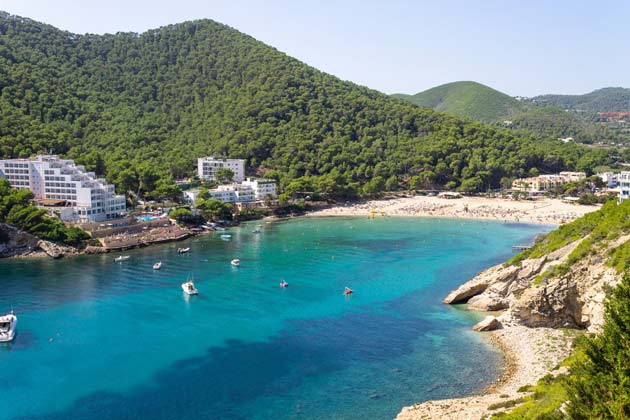
CALA LLONGA
This is the beach of the small and popular resort of Cala Llonga, accessible by zigzagging roads with spectacular views. Wide and sandy ground, it borders the picturesque bay with hills of lush pine forests on either side
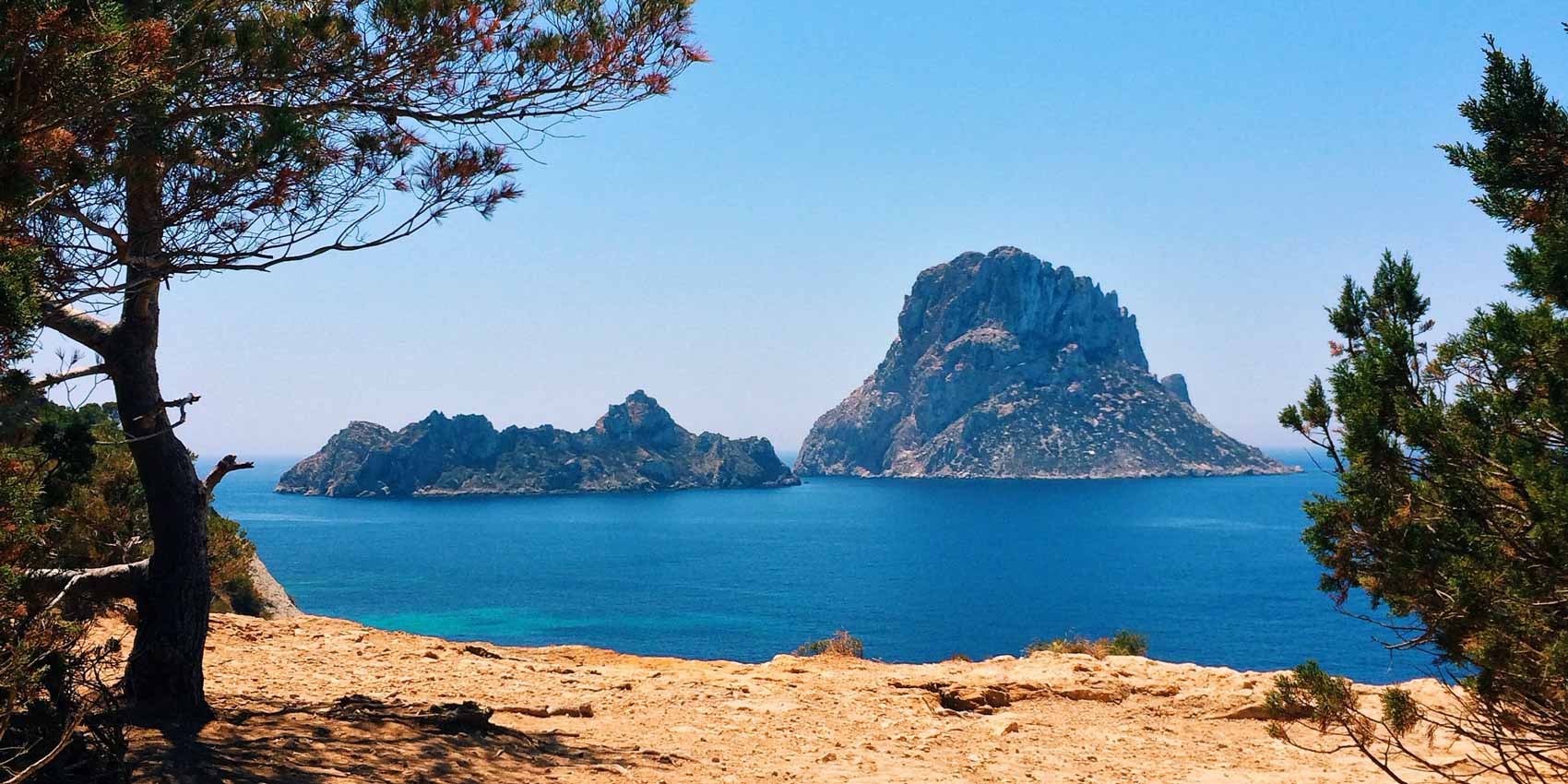
ES VEDRÀ
At almost 400 meters high, this rocky, uninhabited limestone island is located 2 km off the west coast of Ibiza, right in front of the Cala d’Hort beach. It is a mandatory visit and luckily it has many viewpoints to enjoy its wonderful majesty. It is said to be the third most magnetic point on earth (after the North Pole and the Bermuda Triangle). The best location to see a magical sunset in the Es Vedrá area is from Cala d’Hort or one of the bars right on the beach. Another perfect option, and not so crowded, is from the Torre des Savinar, also known as the Torre del Pirata.
GASTRONOMY
Like most places in Spain, Ibiza has an exquisite gastronomy. When you visit it, you should not return without trying its most typical dishes: guisat de peix, bullit de peix, arroz de matanzas, peix en salmorra, borrida de ratjada, sofrit pagès and fried octopus. Also, if you prefer sweet, you should try these tasty desserts: flaó, greixonera and orelletes.
DALT VILA
The old walled citadel of Dalt Vila (literally, “upper town“) rests on a small hill next to the sea and overlooking the city. Founded and baptized by the Phoenicians as Ibosim, it was one of the most important coastal cities in the Mediterranean, which is why it has had several settlers throughout history. The wall that surrounds the citadel dates from the Renaissance, and was built by Kings Carlos I and Felipe II to defend the city from French and Ottoman invasions.
In Dalt Vila you will find countless magical corners where you can take spectacular photos. There are three routes that go up and the Tourist Office offers free guides so you can get lost in this labyrinth of alleys. You will find several information plates that will guide you on the way up, so that you can learn all the details and curiosities about the citadel at your own pace.
There is a wide range of restaurants in Dalt Vila. The terrace of the La Plaza restaurant, in the Plaza de Vila is a perfect option for a romantic dinner. If you keep going up to the Plaza del Sol, you will find the small bar-restaurant S’Escalinata, with fabulous panoramic views, where you can relax on its poufs distributed along the cobbled steps.
MARKETS
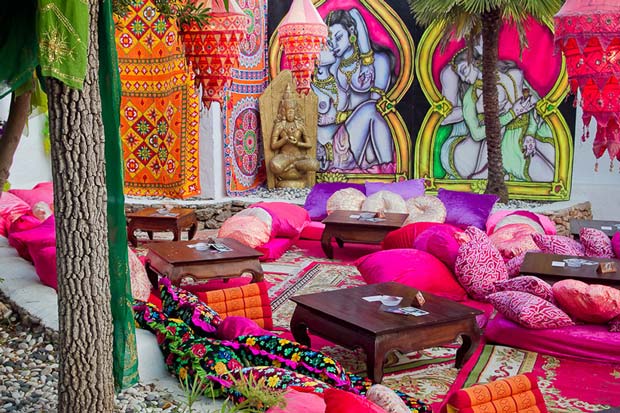
LAS DALIAS
With more than 30 years of history, Las Dalias is one of the island’s classics. It is located in Sant Carles, in the north of the island.
In the afternoon and evening the atmosphere is lively with live music, concerts and DJ sessions. The night version is held in summer: they are on Mondays and Tuesdays from June to September, and on Sundays in July and August. At Easter and at Christmas special markets are also organized.
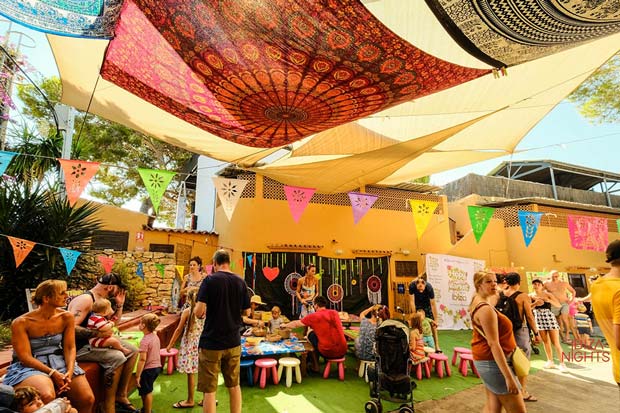
PUNTA ARABÍ
Created in 1973, the Punta Arabí market is the largest on the island. Among the more than 500 stalls that are set up on Wednesdays, you can find original articles from different parts of the world, as well as crafts, fashion, natural cosmetics, musical instruments, costume jewelery, etc.
It has a children’s area, the “Hippie Kids” beach bar, where children can participate in recycling workshops, learn to design their own t-shirt or make a flower crown. In the multicultural tent there is music and live performances from 2:00 p.m. to 4:00 p.m.
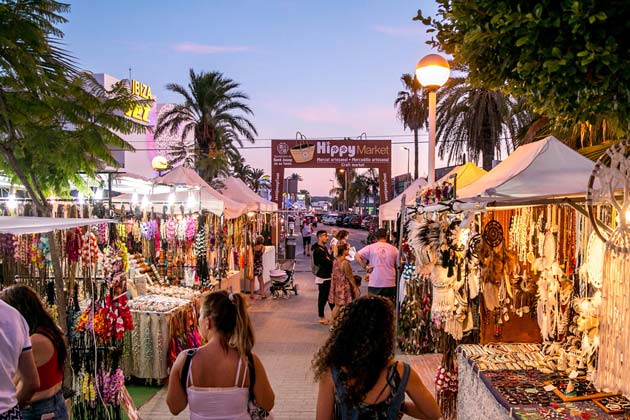
SANT JORDI
This second-hand market takes place on Saturday mornings at the old racecourse in the town of Sant Jordi, in the south of the island, and is preferred by the island’s residents.To get local crafts, there are two particularly recommended markets: San Rafael (in the interior) and Sant Joan de Labritja (to the north). They also sell agricultural products from the area and organic food. Another place where it is possible to buy local and naturally produced products is the Forada market (Buscastell, Sant Antoni de Portmany, in the west).
ESCAPE TO FORMENTERA
If you have enough time during your stay in Ibiza, we recommend spending a day visiting Formentera. Despite being one of the smallest islands in the Balearic Islands, there you can enjoy a large number of attractions that will make the visit worthwhile. These are some of the places you should not miss: Saona cove, Ses Illetes, the Barbaria lighthouse, Els Arenals, the Mola lighthouse and the Ses Salines Natural Park. To get to Formentera you can take one of the ferries that leave from the port of Ibiza. To explore this virgin island you have multiple options, among them we recommend renting a car, motorcycle or bicycle, since the island has a bike lane and trails that are fully suitable for traveling on two wheels.
